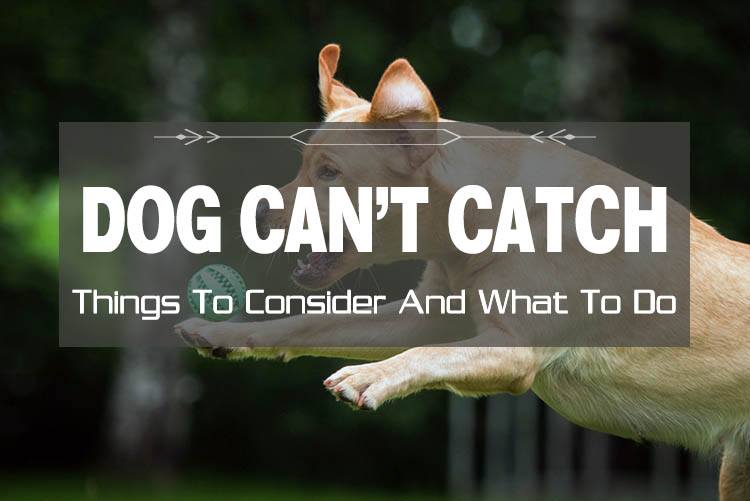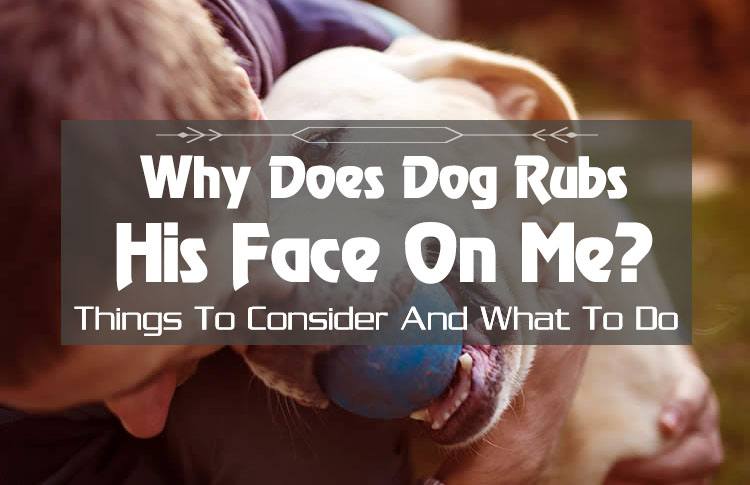Why do dogs chase their tails? This quirky behavior can stem from simple playfulness, boredom, or even underlying health concerns. While some dogs spin in circles for fun, persistent tail-chasing might signal medical issues like parasites, allergies, or even compulsive behaviors that require attention. Understanding the reasons behind this fascinating habit can help you better care for your furry friend. In this article, we’ll explore the common causes and practical solutions for why dogs chase their tails — and when it might be time to consult a veterinarian.
Key Takeaways
- Puppies often chase their tails as a playful exploration, usually outgrowing the behavior as they mature.
- Boredom and lack of mental stimulation can lead dogs to chase their tails, signaling a need for more engaging activities.
- Tail-chasing can indicate underlying medical issues or compulsive disorders; any sudden changes in behavior should prompt a vet visit. If tail-chasing is combined with other symptoms like intense staring or drooling, it warrants immediate veterinary attention.
Image created using AI
Playful Exploration in Puppies
One of the most common reasons dogs chase their tails, especially in puppies, is simple: play. When puppies chase their tail, it’s often a sign of excitement and curiosity. They’re discovering their bodies and learning to control their movements, much like a baby finds its toes.
Tail-chasing can be a form of entertainment for puppies, a way to expend excess energy when they’re feeling particularly playful. It’s not uncommon to see a puppy spinning in tight circles, seemingly fascinated by the fluffy appendage following them around. This behavior is usually harmless and part of their natural development.
Most puppies outgrow tail-chasing as they mature and find other ways to amuse themselves. Engaging in play with their owners can significantly reduce tail-chasing behavior. So, if your puppy is chasing its tail, consider it a playful exploration phase, and enjoy the adorable antics while they last.
Boredom and Lack of Stimulation
Dogs need both physical and mental stimulation to stay happy and healthy. When they don’t get enough, they might turn to repetitive behaviors like tail-chasing to entertain themselves. If dogs chase their tails frequently, it could be a sign that they are bored or lack sufficient environmental stimulation.
When dogs are bored, they may engage in tail-chasing as a way to self-soothe and pass the time. This behavior can be a dog’s way of saying, “I need something to do!” Providing engaging activities, such as interactive toys or puzzles, can significantly reduce the likelihood of tail-chasing. These activities help keep their minds occupied and reduce the chances of them resorting to repetitive behaviors. Additionally, offering an alternate activity like a game of fetch can help redirect their focus and mitigate compulsive actions.
Ensuring that your dog gets enough physical activity is also crucial. Regular walks, playtime, and training games can help burn off excess energy and keep your dog’s mind engaged. By addressing the root cause of boredom, you can help prevent tail-chasing and keep your dog happy and healthy.
Attention-Seeking Behavior
Dogs are social animals and crave attention from their dog owner. Most dogs sometimes chase their tails to seek attention, just like other dogs. They may not mind receiving a scolding in the process. They may not differentiate between positive and negative attention – to them, any response is better than none. A dog chase can also be a way for them to engage with their environment, much like a dog chasing after something that catches their interest.
Ignoring the tail-chasing behavior while offering praise during calm moments can help reduce its occurrence. Reinforcing positive behavior while ignoring attention-seeking antics helps discourage this repetitive behavior. By focusing on providing positive attention during calm behavior, you can effectively redirect your dog’s need for engagement. Remember, consistency is key in behavior modification.
Medical Causes for Tail Chasing
Sometimes, tail-chasing is not just a quirky habit but a sign of an underlying medical issue. Common medical causes for tail-chasing include fleas, allergies, impacted anal glands, and intestinal parasites. Dogs may target a painful area, such as their tail, by chasing or biting it, often in response to these issues. A sudden onset of tail-chasing warrants consideration of these possibilities.
A veterinarian visit is crucial if a dog suddenly starts chasing or biting its tail. A vet can diagnose and treat various conditions causing the discomfort. For example, fleas and allergies can cause skin irritation, prompting dogs to chase their tails in an attempt to relieve the itching. Similarly, impacted anal glands might lead dogs to nip at their tails.
Consult a veterinarian if tail-chasing leads to self-trauma. They can provide treatments for injuries, parasites, allergies, or other health conditions related to tail-chasing, ensuring your dog returns to its happy, healthy self. These treatments can provide relief from discomfort, improving your dog’s overall well-being.
Compulsive Disorders in Dogs
In some cases, tail-chasing can develop into a compulsive disorder. Canine Compulsive Disorder (CCD) is a condition where dogs engage in compulsive behaviors and repetitive behaviors without environmental triggers. These behaviors, including tail-chasing, can significantly disrupt the lives of dogs and their owners.
Compulsive tail-chasing can result in severe consequences, such as weight loss, aggression, injury, and even the risk of euthanasia. Veterinary intervention, including medications like fluoxetine and behavioral therapy, is often required. Certain medications can alter serotonin or dopamine levels, which may be integrated into a training program to help manage and reduce these compulsive behaviors. Medication is often necessary for severe cases where conventional methods alone may not suffice. Breaking the cycle of self-trauma related to tail-chasing necessitates behavior modification techniques.
Dogs with compulsive behavior may injure themselves by biting and chewing on their tails, a behavior known as tail chewing. This compulsive behavior diminishes the quality of life for affected dogs and interferes with the owner-dog relationship. Recognizing the signs of CCD early and seeking professional help is crucial for managing and treating this condition.
Frequent tail-chasing may indicate a compulsive behavior that requires veterinary intervention. If the behavior persists or worsens over time, it can evolve into a conditioned response or habitual action. Addressing the behavior promptly improves your dog’s quality of life and strengthens your bond.
Stress and Anxiety
Stress and anxiety can also lead to tail-chasing in dogs. Chronic stress can cause dogs to use tail-chasing as a method of escaping anxious situations. This behavior might become more frequent during stressful or uncomfortable situations, exacerbating the problem.
Tail-chasing can serve as a self-soothing mechanism for dogs, helping them cope with heightened stress or anxiety. Enhancing a dog’s environment and providing enrichment activities can mitigate stress-related tail-chasing behavior. Adequate enrichment helps reduce stress-induced tail-chasing.
A calm and enriching environment significantly reduces stress levels and associated behaviors. Regular exercise, interactive toys, and a stable routine contribute to a happier, healthier dog.
Genetic Predisposition
Certain dog breeds are more prone to tail-chasing due to genetic factors. Breeds like Bull Terriers and German Shepherds show a higher tendency for this behavior, indicating a genetic influence. One study suggests that these breeds are more likely to display tail-chasing in response to stress, linking the behavior to genetic factors. Tail-chasing behavior can begin as early as 3 to 6 months of age in these breeds.
Tail-chasing may be linked to genetic components, as indicated by its prevalence in specific breeds. Understanding genetic predisposition helps owners be more vigilant and proactive in managing this behavior.
Behavioral Treatment Options
Addressing tail-chasing behavior often requires a combination of behavioral treatment options. Laughing or reprimanding dogs for tail-chasing may unintentionally reinforce the behavior. Tail-chasing can become a learned behavior if it consistently results in any form of attention.
Addressing tail-chasing behaviors involves environmental management and behavior modification techniques, including the use of positive reinforcement. When dogs receive positive reinforcement—such as attention or praise—during desirable behaviors, they are more likely to continue those behaviors instead of tail-chasing. Owner behavioral changes and appropriate training games can help reduce tail-chasing. Tail-chasing behavior can sometimes improve significantly with psychotropic medications.
If tail-chasing persists, consult a certified behavior consultant or veterinarian. These professionals can offer tailored strategies and interventions to manage and reduce this behavior.
When to See a Veterinarian
If tail-chasing is frequent or causes injury, it’s essential to seek veterinary attention. If you observe abrupt behavioral changes, such as tail-chasing, get in touch with your veterinarian. Talk to your veterinarian to address any unusual behaviors with a professional.
Symptoms like intense tail-staring, panting, drooling, and accelerated heart rate indicate the need for immediate veterinary attention. Act early to prevent further complications and ensure your dog’s well-being.
Summary
Understanding why dogs chase their tails is essential for addressing and managing this behavior. From playful exploration in puppies to serious medical conditions and compulsive disorders, many factors can drive this quirky habit. Sometimes, tail-chasing may even signal an underlying health issue that requires veterinary attention.
By offering enough stimulation, seeking professional advice when needed, and applying positive behavioral techniques, you can help your dog live a happier, healthier life. Tail-chasing doesn’t have to become a long-term problem when you understand its root causes and take proactive steps.
If you enjoy uncovering interesting facts about dogs, you’ll appreciate just how fascinating and complex our furry companions can be. Remember, a happy dog is a well-stimulated and healthy dog—so invest time in their care and enrichment. Your efforts will be rewarded with a content and joyful best friend.
Frequently Asked Questions
Why do puppies chase their tails?
Puppies chase their tails out of excitement and curiosity as they explore their bodies. It’s a normal and harmless part of their development! For example, a playful puppy might chase its tail after waking up from a nap, full of energy and ready to engage in fun activities.
Can boredom cause my dog to chase its tail?
Absolutely, boredom can make your dog chase its tail as a way to cope with emptiness. Providing more physical and mental stimulation, such as engaging in aerobic exercise like playing fetch or going for walks, can help redirect that energy into more enjoyable activities.
What should I do if my dog suddenly starts chasing its tail?
If your dog suddenly starts chasing its tail, it’s important to visit a veterinarian to check for any serious medical issues like fleas or allergies. These issues should be treated promptly to prevent further complications. Taking swift action can help ensure your furry friend stays healthy and comfortable.
How can I stop my dog from chasing its tail for attention?
To stop your dog from chasing its tail for attention, try ignoring the behavior and only rewarding calm moments with praise. Dogs may chase their tails to gain attention, and even negative attention, such as a reprimand, can be perceived positively by them. This helps teach your dog that being calm gets them the attention they seek.
Are certain dog breeds more prone to tail-chasing?
Indeed, the genetic traits of some breeds, such as German Shepherds and Bull Terriers, make them more likely to chase their tails. Additionally, older dogs may also engage in tail-chasing due to cognitive issues, which contrasts with the playful behaviors seen in younger pups.





